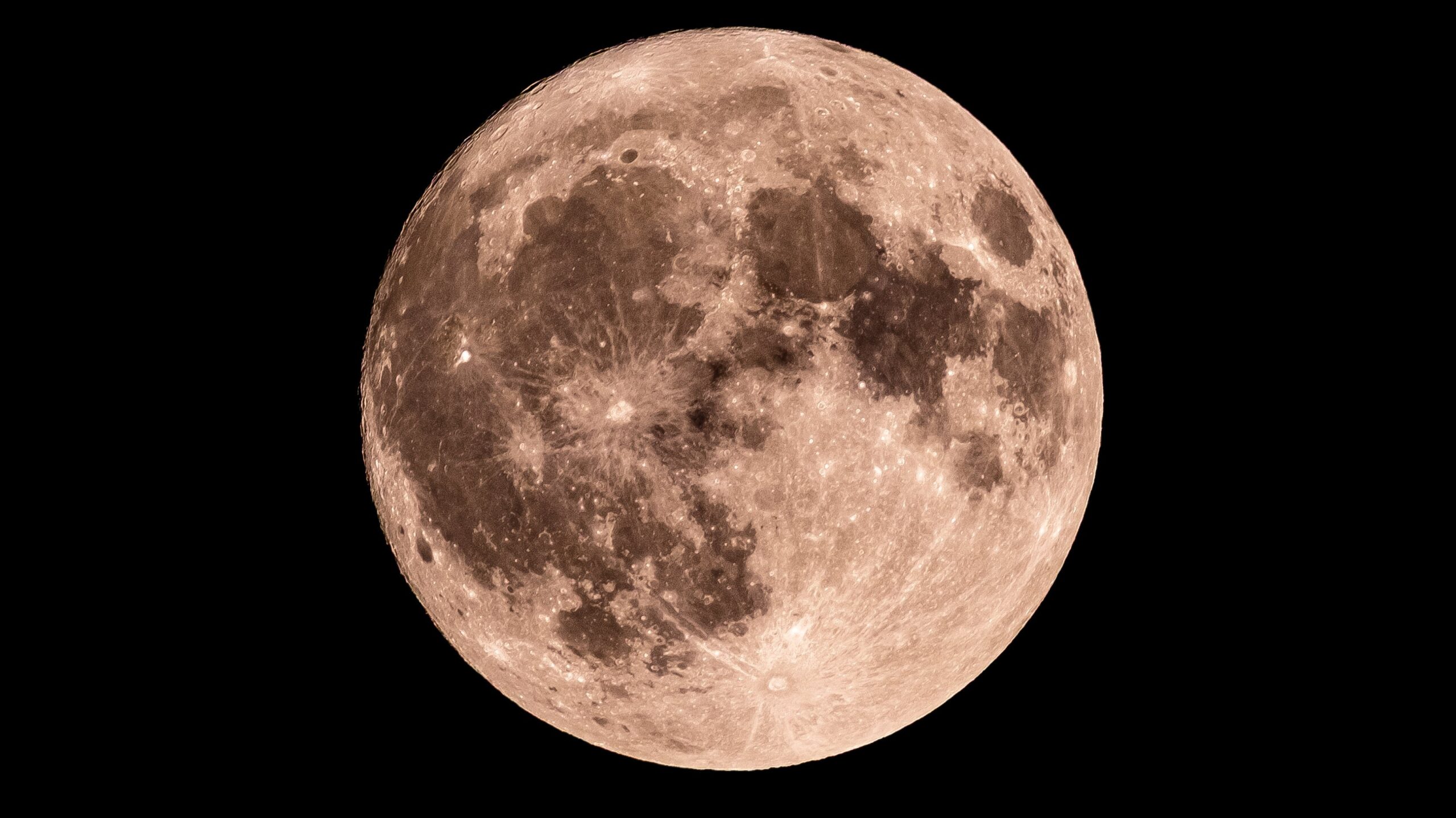Tonight, on September 27, 2023, stargazers can enjoy a Waxing Crescent Moon, illuminated by approximately 27% of sunlight. This phase occurs on the sixth day of the lunar cycle, offering a unique opportunity to observe various features on the moon’s surface without the need for specialized equipment.
As you gaze at the moon this evening, the prominent Mare Crisium, or “Sea of Crises,” will be visible. Positioned to the middle right of the moon, this large, dark plain is a fascinating feature for observers. In the same line of sight, you can also spot the Mare Fecunditatis, or “Sea of Fertility,” which appears nearby. For those observing from the Southern Hemisphere, these features will be located towards the bottom left of the moon.
If you have binoculars, the view becomes even more captivating. The Posidonius Crater, a notable lava-filled crater, comes into clearer focus. Finally, for those equipped with telescopes, the Apollo 17 landing site, recognized as the last lunar landing of the Apollo program, can be observed.
The Cycle of Moon Phases
The moon phases reflect its 29.5-day orbit around the Earth, a cycle that alters the angles between the Sun, Moon, and Earth. This cycle dictates how we perceive the moon’s illumination from our vantage point on Earth. The moon’s appearance varies, leading to different phases: full moons, half moons, or periods when it is almost invisible.
NASA explains that there are eight primary phases of the moon, each following a predictable sequence:
– **New Moon**: The moon is positioned between Earth and the Sun, rendering it invisible.
– **Waxing Crescent**: A small illuminated sliver appears on the right.
– **First Quarter**: Half of the moon is lit, resembling a half-moon.
– **Waxing Gibbous**: More than half is illuminated but not yet full.
– **Full Moon**: The entire face of the moon is visible and fully illuminated.
– **Waning Gibbous**: The moon begins to lose light on the right side.
– **Last Quarter**: Another half-moon, but now the left side is illuminated.
– **Waning Crescent**: A thin sliver of light remains on the left before it disappears again.
Upcoming Lunar Events
Looking ahead, the next full moon will occur on October 6, 2023, following the last full moon on September 7, 2023. These lunar events not only captivate the interest of astronomy enthusiasts but also highlight the moon’s continuous influence on Earth’s tides and ecosystems.
For those interested in astronomy, tonight’s Waxing Crescent Moon presents an excellent chance to appreciate the complexities of our closest celestial neighbor. Whether with the naked eye, binoculars, or a telescope, observing the moon can be a fulfilling experience, connecting viewers to the wonders of the universe.






































































